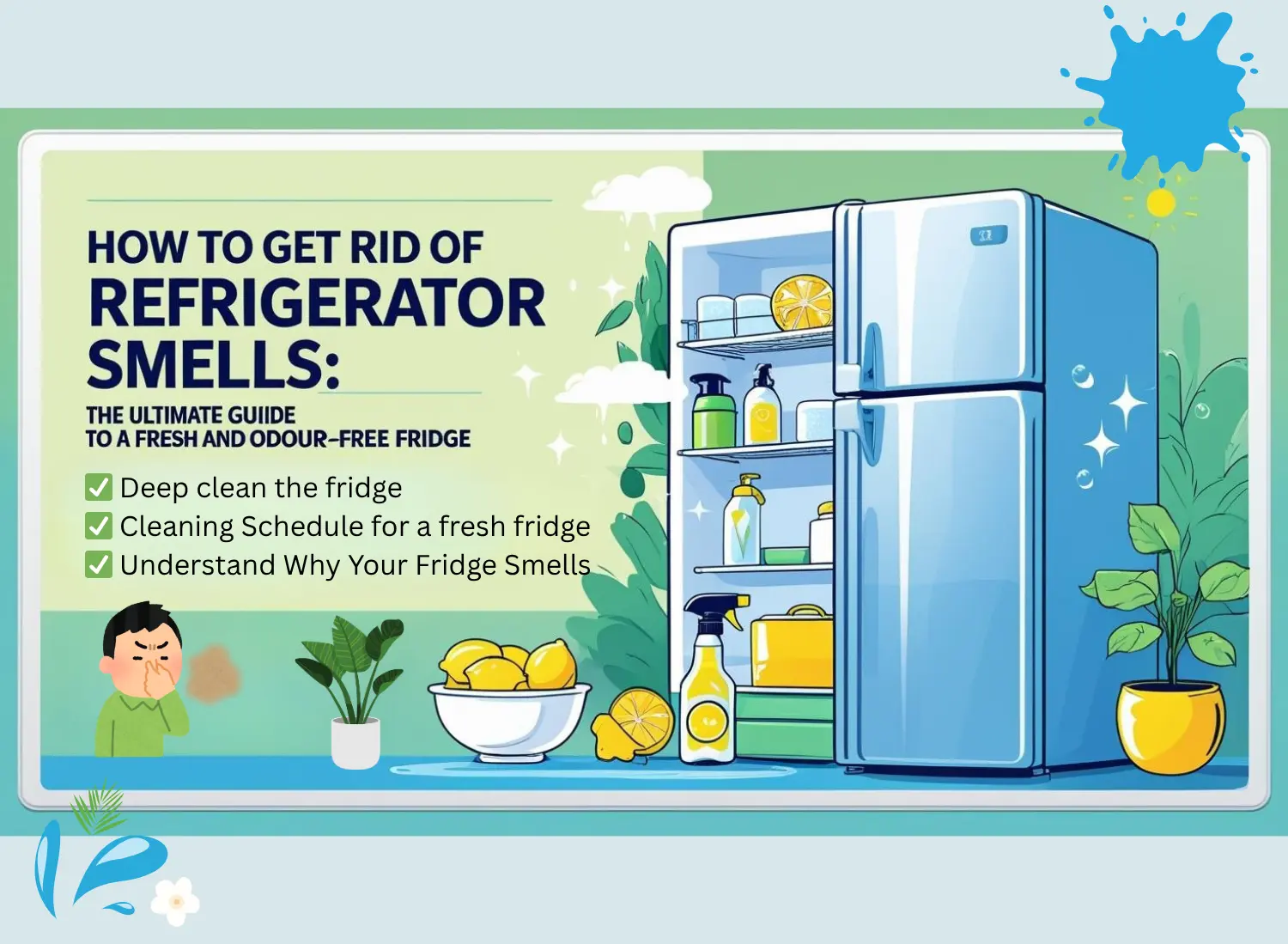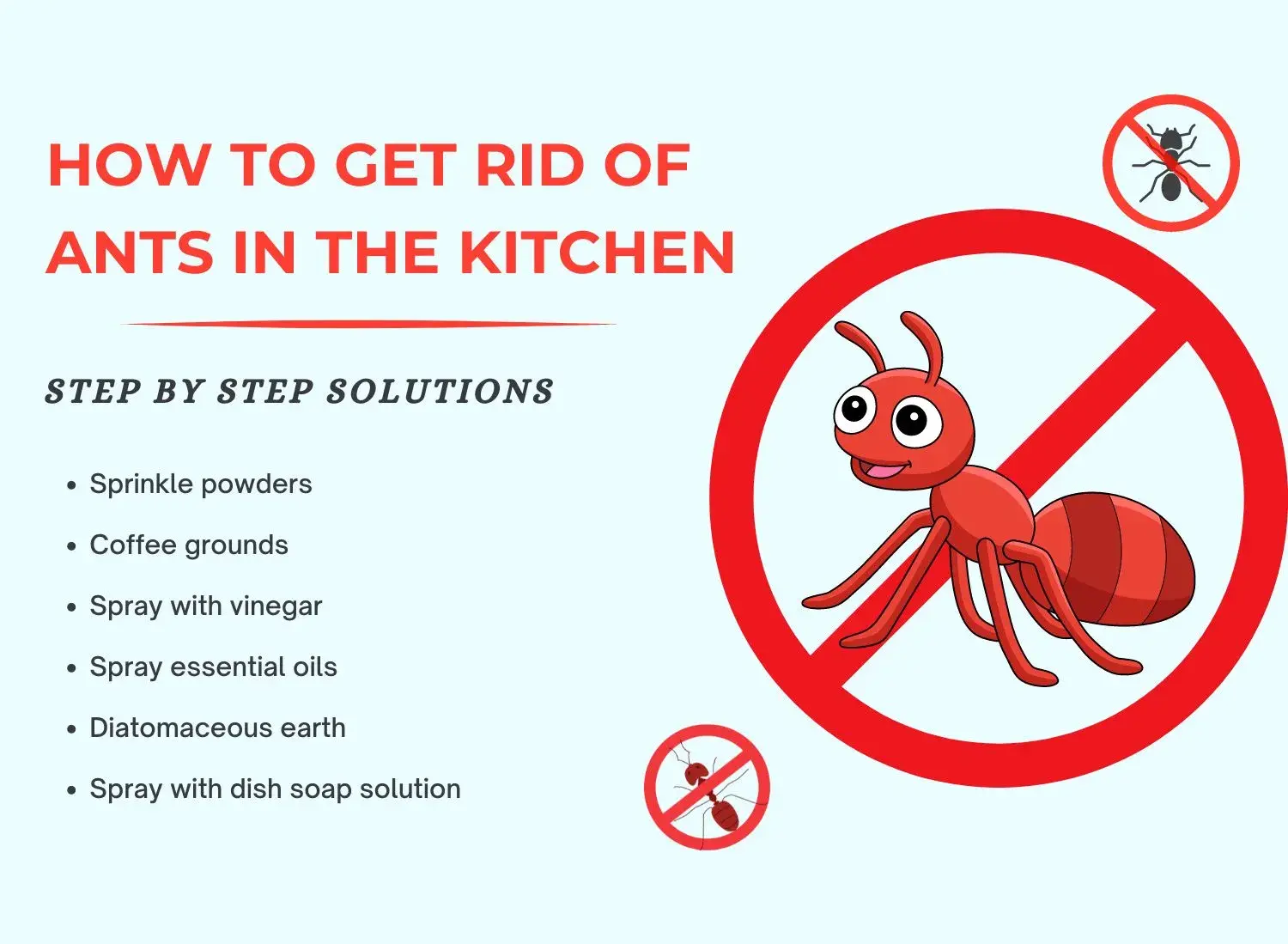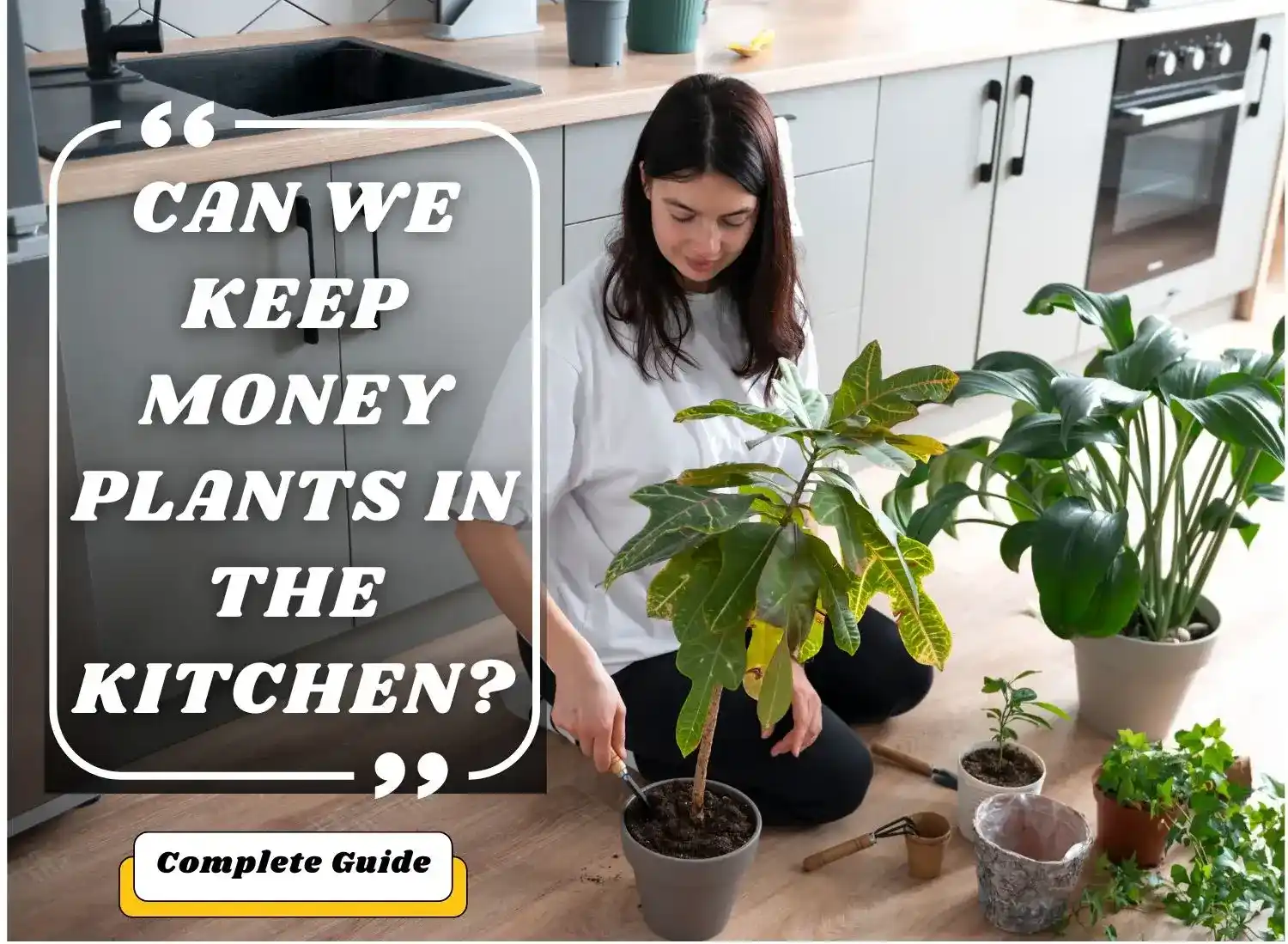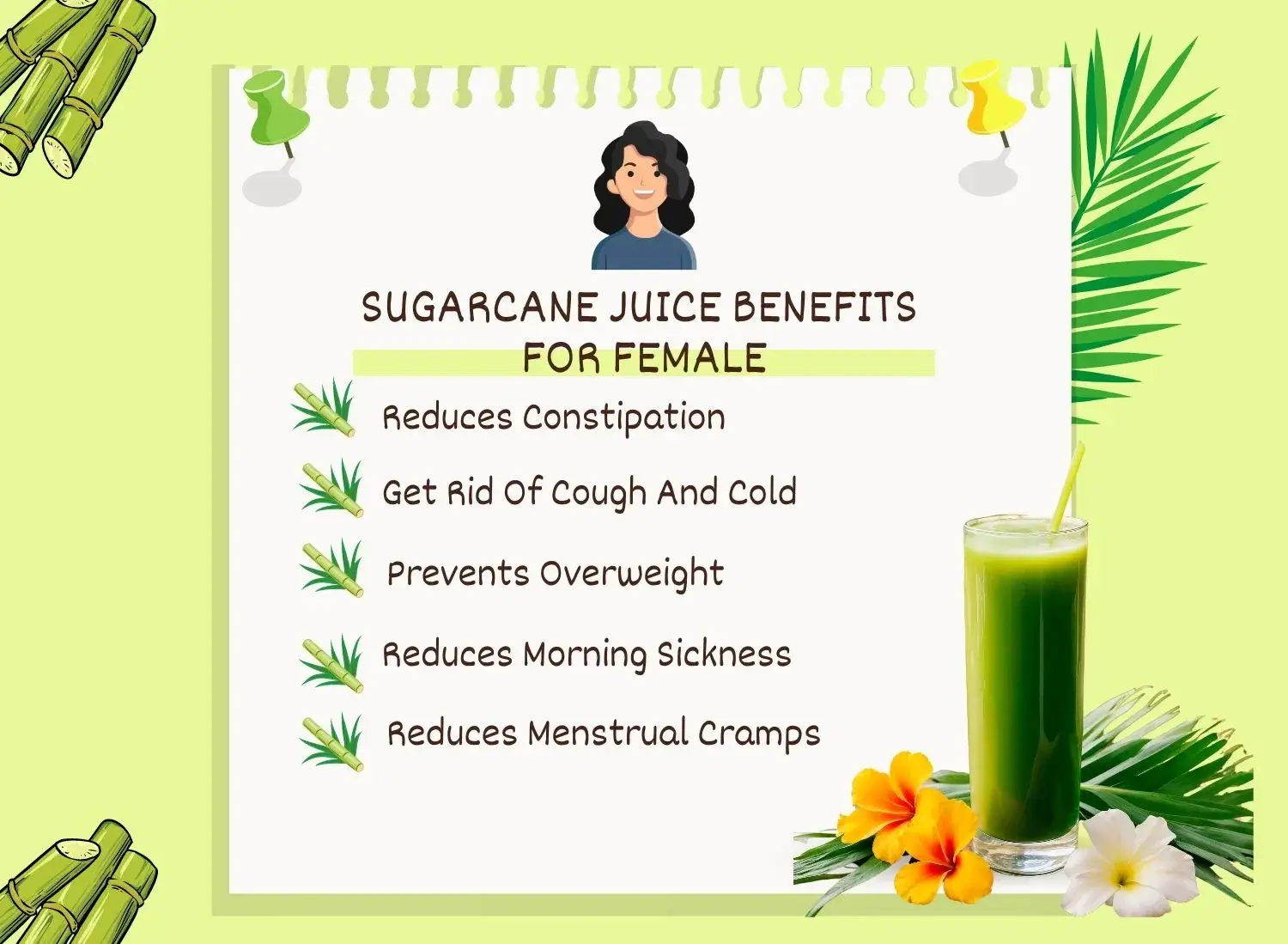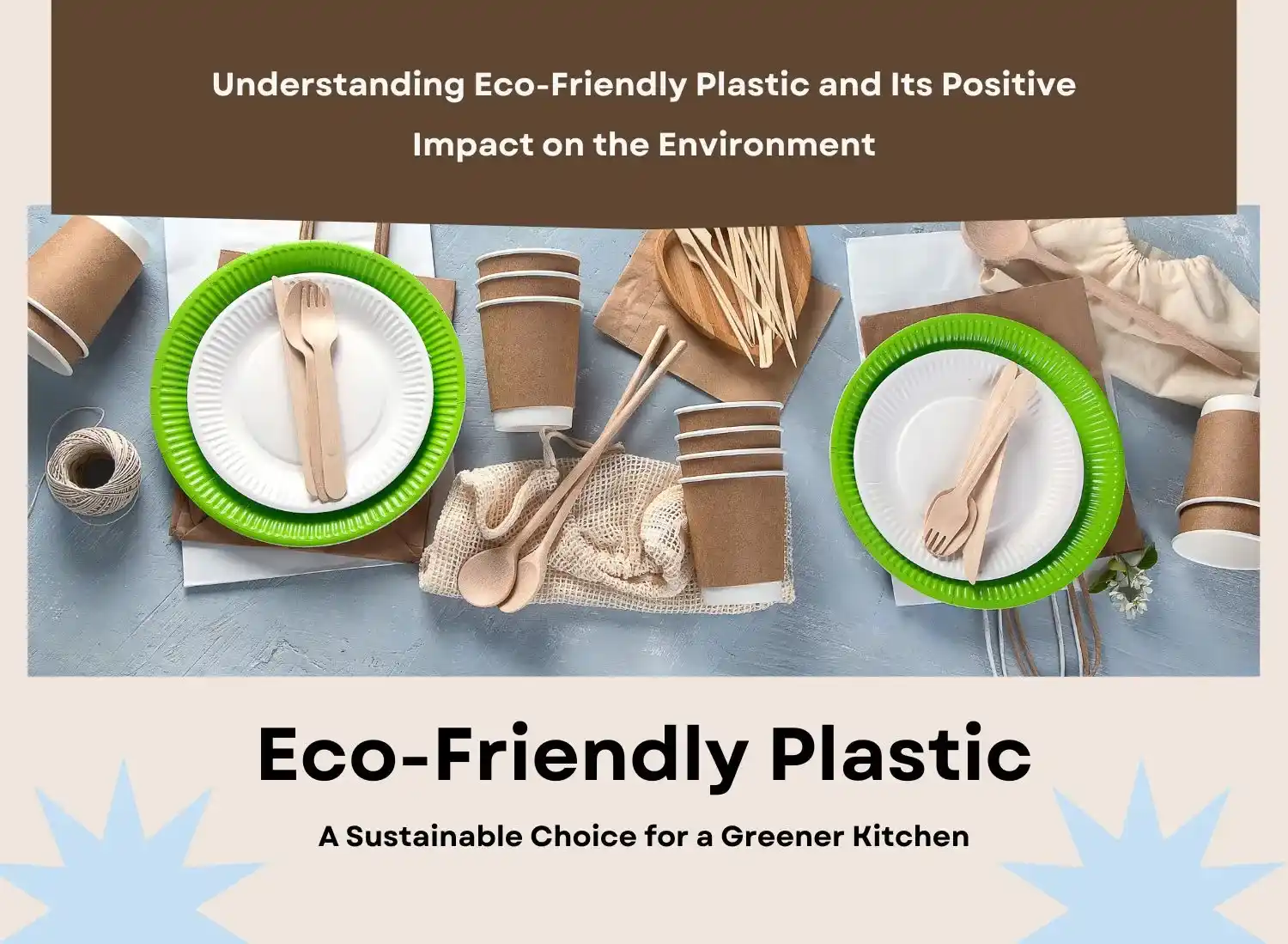Kitchen waste 🚮 is a solid waste produced in the kitchen during food preparation. Moreover, it is any kind of rubbish produced during the kitchen activities including processing of food, preparation, cleaning plates, appliances, and others. There are different kinds of kitchen waste produced from the kitchen.
Step by Step Guide to Kitchen Waste Composting Waste Efficiently
- WEEE waste – It consists of broken or damaged electrical appliances and equipment.
- Chemical waste – This consists of commercial cleaning products for kitchens and containers.
- Food waste – These are the edible foodstuffs, leftovers, waste ingredients, and others.
- Liquid waste – The waste from the kitchen sinks, oils, and liquid foodstuffs.
- Glass waste – Bottles and jars waste holding liquid and other ingredients.
- Plastic recycling – Recyclable Food packaging.
Moreover, in every kitchen, there is waste that has the potential to be recycled, some are hazardous, whereas some are stored in special processes. In addition, kitchen waste can be categorized into two major types i.e. compostable and non-compostable.
Compostable Kitchen Waste
Compostable kitchen waste is kitchen waste that decomposes organically into natural elements at a specific time. Moreover, while decomposing it leaves behind nutrients that return to the earth.
According to the Federal Trade Commission (FTC), the waste material should decompose in at least one year. Compostable kitchen waste requires a specific environment to break down and may break down within 90 days without any residues.
In addition, compostable kitchen waste is organic material broken down into soil-like material which is called compost and the process of making compost is composting. It is a natural process of recycling and returning nutrients to the soil. Examples of compostable kitchen waste are:
- Food waste: Leftovers of fruit and vegetables, bread, pasta, rice, remains of tea and coffee bags, eggshells, vegetable broth, and many more.
- Other waste: Herbs and spices, paper towels, food containers, cardboard, shredded paper, cardboard, and others.
- Garden waste: Leaves, dry grasses, fallen flowers, and more.
Non- Compostable Kitchen Waste
Non-compostable kitchen waste is kitchen waste that is not compostable and does not decompose in a specific period. Examples of non-compostable kitchen waste are:
- Food waste: Food waste material such as fish, meat, chicken bones, baked products, fatty food products, dairy products, and others.
- Microbial waste: Microbes, bacteria, and parasites harmful to z beings, pet animals, or other animals.
- Inorganic waste: Inorganic kitchen waste includes plastic, coloured paper, and card material.
The Environmental Impact Of Kitchen Waste Disposal
There are large amounts of kitchen waste that require proper disposal. Moreover, the improper disposal of waste in the environment causes a negative impact. It includes:-
- Landfills full of organic waste – Regular kitchen waste disposal significantly degrades the environmental condition. Moreover, there is anaerobic decomposition of organic material that results in methane release in the environment which is a potential greenhouse gas creating climate change.
- Soil contamination and water pollution – The mishandling of kitchen waste disposal leads to soil and water contamination. Moreover, the decomposition of organic matter produces a toxic liquid named Leachate that infiltrates soil and groundwater posing high health problems to humans and animals.
- Biodiversity loss – The mishandled disposal of kitchen waste makes biodiversity decline significantly. Moreover, landfills dwell on flora and fauna disrupting the ecological balance.
Why Compost Kitchen Waste?
Composting kitchen waste is an efficient way of reducing waste products in landfills and sending nutrients back to the soil. Moreover, it is the best way to conserve natural resources, Public health improvement, and save money.
However, there are approximately, more than 55% of organic matter is disposed of in landfills, and 20-30% of this organic matter is prone to easy compost. Rather than throwing and polluting water and soil, composting is the best way for sustainability.
Benefits Of Composting For The Environment
Composting is very beneficial for the environment as it offers nutrients and organic materials enhancing the growth of plants yielding more. In addition, there are multiple benefits of composting:
- Prevent soil erosion – Soil erosion is a serious issue that is destroying large numbers of trees and wildlife ecosystems. Compositing can help to prevent soil erosion as it binds the soil together. Moreover, it slows down the surface flow of water and increases infiltration.
- Reduces landfill space – Composting kitchen waste helps to reduce the waste material that is dumped in landfills. Thus, it helps to reduce dirty areas and extend the usefulness of the landfill. In addition, it also saves the disposal costs.
- Water conservation – Composting helps water to resist more water than before making the area drought-resistant. Thus, there is less need for artificial irrigation for the lands helping to save maintenance costs.
- Composting acts as stormwater management – Composting binds the soil and helps to control the water flow when there is a heavy storm. Thus, it is the best tool for stormwater management.
- Combats climatic changes – Composting reduces the release of methane gas, a greenhouse gas in the atmosphere. Thus, it helps to make the ecosystem more resistant to temperature change.
- Reduces fertilizer need in soil – Composting improves the soil quality and maintains the organic garden reducing the need for spraying chemical fertilizers.
- Enhance soil quality – Compost helps to increase nutrient content in soil and retains moisture. Thus, improving the soil structure and plant health.
- Reduces waste – Composting kitchen waste reduces the waste by 30% helping to reduce the impact on the environment.
- Recycle kitchen waste – The best process to recycle kitchen waste and give it back to nature is composting.
Advantages For Home Gardening And Soil Health
Home gardening not only lightens your mood but also provides food to soil microbes in the growing season making soil more healthy. Moreover, plants in the home garden maintain the soil structure by decomposing organic matter, recycling nutrients, and suppressing the pests biologically. Soil health is important for having the best home gardening as it directly impacts plant growth. On the other hand, plants also interact with the soil, influencing the health and structure of the soil. In addition, there are many more advantages of home gardening and soil health.
- Plants release energy-rich sugar and nutrients that benefit the microbes in the soil. The microbes break the exudates released from plants in nutrients and return them to plants. Thus, this cycle helps to maintain a nutrient-rich environment in the soil.
- Plants in home gardening form a connection with fungi present in the soil. Moreover, plants offer carbon to soil that increases the organic matter improving the soil health.
Reducing Landfill Waste And Promoting Sustainability
Landfill waste creates a huge negative impact on the environment. However, reducing landfill waste may reduce the ill effects on the environment and lead to sustainability. Moreover, there are ways to reduce the landfill promoting sustainability
- The landfill produces large amounts of methane gas which can be reused as renewable energy. Moreover, properly managed and cleaned landfills will produce clean energy that will promote sustainability.
- Reducing landfill waste reduces greenhouse gases and protects the environment. In addition, reducing the amount of landfill waste may conserve natural resources and also save maintenance costs.
- Material recycling also helps to save space in landfills promoting sustainability. In addition, recycling also saves energy and reduces carbon footprint.
How To Compost Kitchen Waste
Kitchen waste in urban households contributes to a major portion of pollution. Moreover, more than half of kitchen waste is organic matter which we are unaware of composting and producing rich soil for planting. If dry waste and wet waste are not segregated, it is difficult to compost your kitchen waste. In Composting, the organic matter breaks down in the presence of air and water along with microorganisms producing compost. This end-product compost is rich in plant nutrients that also form part of healthy soil.
Choosing The Right Composting Method
Composting is the best way to promote sustainability and protect an eco-friendly environment. Moreover, the best way to compost at home depends on various factors such as organic waste and space. Two major composting methods include indoor composting and outdoor composting. Indoor composting will be a good option for those who have apartments with less space for composting and do not have a yard. Whereas, if you have a home with a proper yard, then outdoor composting will be the best option.
- Indoor composting – Indoor compostable is the process of breaking kitchen waste and organic material into nutrient-rich compost at home. Moreover, these composts help to feed plants and retain moisture, improving the quality of soil. In addition, there are multiple methods of indoor composting. It includes:
- Worm composting – It is also called vermicomposting. It is an aerobic method that breaks down the organic matter using a red wriggler worm in a ventilated bin.
- Indoor bins – These are ventilated bins with holes in the lid speeding up decomposition by heating the organic matter.
- Anaerobic bags – In this way, plastic garbage bag helps to create anaerobic microbes with oxygen.
- Outdoor composting – It is the process of organic matter breakdown into nutrient-rich soil in yards outside the home. Moreover, there are multiple methods of outdoor composting. It includes:
- Leaf piles – In this method, the pile is created approximately 4 feet in diameter and 3 feet in height. In addition, there is a dirt layer between each foot of leaves.
- Enclosed bins – This bin is best for small-scale composting. Moreover, these are purchased from a large garbage can.
- Turning units – It includes three holding units which are placed side by side measuring each one cubic meter.
- Holding unit – These are containers with low maintenance holding organic matter as they decompose.
Setting Up Your Compost Bin
Setting up a compost bin is an easy process and requires few things to start up the composting
- Start layering – Layering is important to make your compost bin effective. Start the base layer by laying dry leaves, twigs, or mulch to improve drainage and better airflow. Moreover, add the next layer of green or some brown material and sprinkle some water after layering each layer. You must maintain a moisture level of 50-60%. In addition, once your compost bin is full to one-third, then layer it with soil or finished compost, helping to retain heat and moisture. Thus, to activate the layers with microorganisms.
- Choose a location – To set up your compost bin, you need to choose a sheltered place that is open and has better drainage. Moreover, it would be best if there was little sun exposure as microorganisms work better in this condition. Place your compost bin on the top of the soil so that organisms in the soil will have easy access to the bin.
- Turning – Once you add the materials, you must keep turning the bin once or twice every month. In this way, there is a regular flow of oxygen and an increase in the rate of decomposition. In addition, you can turn the composite pile by using an aerator, pitchfork, or shovel.
- Materials – Setting up your compost bin requires materials like fruit, vegetables, or cooked scraps as they are easy to break down and resistant to animals. In addition, you can also use citrus peels for your compost bin as it is nutritive to plants.
- Monitoring – To monitor the compost bin, use a thermometer to regularly check the compost bin temperature.
What Kitchen Waste Can Be Composted?
Different types of kitchen waste are used for composting. Moreover, in general, anything that grows in a field or garden can be used as compost. If you want to decompose, then either chop or crush large food scraps and then add them to the compost pile. In addition, there are following types of kitchen waste for composting
- Other materials – Many other materials are not included in green or brown waste, but can be composted. It includes plate scrapings such as bones, dairy products, and oily food. It also nutshells fruit pits and bottle corks.
- Brown waste – These are called carbon-rich materials. It includes shredded paper, uncoloured papers, shredded brown bags, cardboard, wood chips, and more.
- Green waste – These are called nitrogen-rich kitchen waste. It includes coffee grounds, paper filters, tea bags, eggshells, and many more.
Avoid These Items To Compost
Few kitchen waste items can not be composted. It includes meat, fish, and dairy products. This waste when composted leads to pests development and foul smell. In addition, fats and oils, diseased plants, and excrement of dogs or cats should also be avoided.
The Composting Process: Step-By-Step
Composting is a process of decomposing organic waste biologically and is ecological. Moreover, composting is based on accelerating the natural process of making the earth fertile by forming humus. The step-by-step composting process includes
Layering Techniques For Composting
Layering the compost material is important for making the process simple and effective. Moreover, the layering process includes stacking organic waste in an alternate layer. The layering process involves:
- Green material layer – After the brown material layer, which includes kitchen scraps, coffee grounds, grass clippings, and more. It should be around 2-3 inches thick layer. These materials offer nitrogen to the compost which is important for the microbes to break the compost. In addition, it helps to heat the compost while decomposing.
- Rough base layer – Start the layering process with bulky materials such as small branches, twigs, or straws. It is important to pile the layer loosely at a depth of about 6 inches. Moreover, the base layer should have good airflow for proper aerobic decomposition. This layer helps in drainage and prevents water logging of the materials.
- Brown material layer – After adding a coarse rough base layer, brown materials are layered. It includes newspaper, cardboard, and wooden chips. It should be around 3-4 inches thick. Moreover, these brown materials help to feed microbes in the compost and maintain good moisture balance.
- Repeat layer – Once there is layering of green material, again put the layer in an alternate order until your compost bin is full. It should be around a 3:1 ratio of brown and green material.
- End layering with brown layer – Finish the layering with brown material around 4-6 inches deep. Thus, this will help to prevent unpleasant smells and will not attract pests.
Maintaining The Compost Pile
Maintaining the compost pile is very important for the breakdown of the organic material. There are a few steps necessary to maintain the compost pile.
- Aeration – Aeration is essential for compost piles to decompose at a faster rate. Moreover, the following ways you can aerate the pile:-
- Layer the green and brown material regularly
- Add bulking agents
- Turn the pile
- Moisture control – Setting the right moisture is important for the compost pile to decompose without odour. There are the following ways to maintain moisture in the compost pile:-
- Insulate the compost from freezing in winter.
- Cover the pile to retain moisture.
- Add water at every layer
- Use compostable bags
- Turning the compost – Turning the pile once a week or once every two weeks is essential for speedy decomposition and aeration. Moreover, if you want to maintain a thermophilic pile, it should be turned every three to four days or if the temperature is below 104 F.
Monitoring The Process
Monitoring the composting is essential to ensure the quality of compost and optimal composting conditions. Moreover, there are a few ways to monitor the process
- Temperature – It’s important for regular monitoring of the compost pile temperature using a thermometer. It helps to optimize the turning and aeration times. Moreover, monitoring temperature controls the drying of compost and reduces the overheating risk and underutilization of decomposing bacteria.
- Decomposition stages – Compost pile undergoes three phases or stages of decomposition based on temperature. It includes
- Mesophilic – It is the starting phase, where mesophilic bacteria and microorganisms decompose the organic material for a few days at a moderate temperature.
- Thermophilic – It is the stage where thermophilic microorganisms start decomposing the organic material as temperature rises approximately 50-60°C for a few days to a few months.
- Maturation stage – It is the final stage where the high-energy compounds decrease and the temperature lowers. In addition, in this stage, mesophilic bacteria again start their decomposition for several months.
Troubleshooting Common Composting Issues
Composting when mishandled attracts unwanted pests and emits a foul odour that would be a problem for the residents nearby. Moreover, there are common issues that need to be considered and solved while composting.
Odor Control
The most common issue of composting is an unpleasant smell. There are many reasons for the excessive unpleasant smell.
- Excessive nitrogen – If your compost pile smells of ammonia, then it indicates excessive nitrogen. Thus, add carbon materials such as straw, hay, leaves, and others to cancel out the nitrogen content. In addition, there are also chances that the compost consists of too much food waste having high nitrogen content.
- Excessive moisture – If there is a large amount of moisture in the compost pile, then it may have an unpleasant smell. It may be due to the large amount of fresh materials in the compost. Thus, add a mixture of fresh and dry organic material in the compost to balance the layer.
- Improper aeration – Due to limited oxygen supply, there may be a bad smell in the compost. Thus, aerate the compost and turn it three or four times with a fork or shovel.
- Incorrect brown and green material ratio – If there is excessive brown or green material, then also compost may smell bad due to excessive nitrogen and carbon ratio.
- Wrong materials – Adding materials kike meat, fish, cheese, and others may cause a bad smell.
Pest Prevention
There may be pests or animals disturbing the process of composting. Moreover, some animals dig up the pile to have food, destroying your compost. Thus, you must avoid items such as meat, dairy products, and other high-fat content foods that attract pests and animals. In addition, properly cover the food scraps in the compost pile. Add different layers of dry leaves and compost that do not attract pests and animals.
Dealing With Slow Decomposition
Slow decomposition may be due to various factors such as limited oxygen and moisture, inaccurate nitrogen and carbon ratio, and many more. Thus, to speed up the decomposition process, add shredded or chopped materials in the compost that would increase the surface area for microorganisms’ growth. In addition, provide a moisture level of around 40-60% and turn the compost pile at fixed intervals for proper oxygen flow.
Harvesting And Using Finished Compost
Compost is very beneficial for the soil and serves as a natural fertilizer. Moreover, the compost process is ready for use after three to five months of proper composting. There are various signs that your compost is ready to harvest.
When is Compost Ready?
Compost takes approximately 6 months to two years to mature depending on the pile size. Moreover, there are a few characteristics that compost is ready:
- Texture – The ready compost feels crumbly and soil-like. It has no longer food items, grasses, or leaves.
- Smell – It smells like earthy or kike damp woodland. There is no smell of ammonia or sour or putrid.
- Temperature – There is no heat production after the material is turned or wet.
- Volume – The volume of the compost pile is half of the initial volume.
- Color – The ready compost is of dark brown colour.
How To Harvest Compost
Harvesting the mature compost depends on the type of compost bin. With a single bin, you can easily remove the top of the pile and get the material. Whereas, for the multi-bin system, it’s essential to use one section and add material on the other. Moreover, there are a few ways to harvest the compost.
- Separate the compost into different sections – While harvesting vermicompost, differentiate the sections of compost. Dump the lower bin content on plastic or newspaper and separate it into cone-shaped piles. In addition, gently move the top layer of each compost pile and remove the compost in 20-minute increments.
- Remove the lid – Remove the compost bin kid and tilt the bin to loosen the compost. Moreover, gently lift the compost bin and remove the compost from it. There are layers of compost which is ready to use and some layers need more time to decompose.
- Scoop the compost – Either open the bottom hatch or lift the bin a little to scoop the compost. You may use a spade, trowel, and garden fork to take out the pile.
- Transport in the garden – Use a wheelbarrow or buckets to transfer the compost into your garden and use it as a natural fertilizer.
Practical Uses Of Compost
Composting is an effective way to make the soil full of nutrients and ecological. Moreover, there are multiple practical uses of compost. It includes
- Landscaping – Compost can be used in landscaping improving the soil structure, and texture, adding nutrients, and increasing water retention. It also helps to increase microbial activity leading to healthy plants.
- Gardening – Compost is used in gardening as a soil conditioner improving the soil structure, fertility, and water retention. It also serves as mulch and fertilizers in the garden.
- House Plants – Compost is the best way to replenish the house plants in pots and boxes. Use indoor compost for the houseplants in small quantities.
Conclusion
There is a large kitchen waste from the kitchen daily which is either compostable or non-compostable. The large kitchen waste in the environment causes serious impacts such as soil contamination, soil or water pollution, or biodiversity loss. Moreover, the best way to reduce the environmental impact of kitchen waste is composting. Select the suitable Compost bin and composting option as per the usage.
In addition, differentiate the different materials and add layers in the compost bin, then control the moisture, turn the compost at regular intervals, and thus, monitor the process. Thus, if you want to carry out the kitchen waste composting process, then this complete kitchen composting guide will be of great help.



